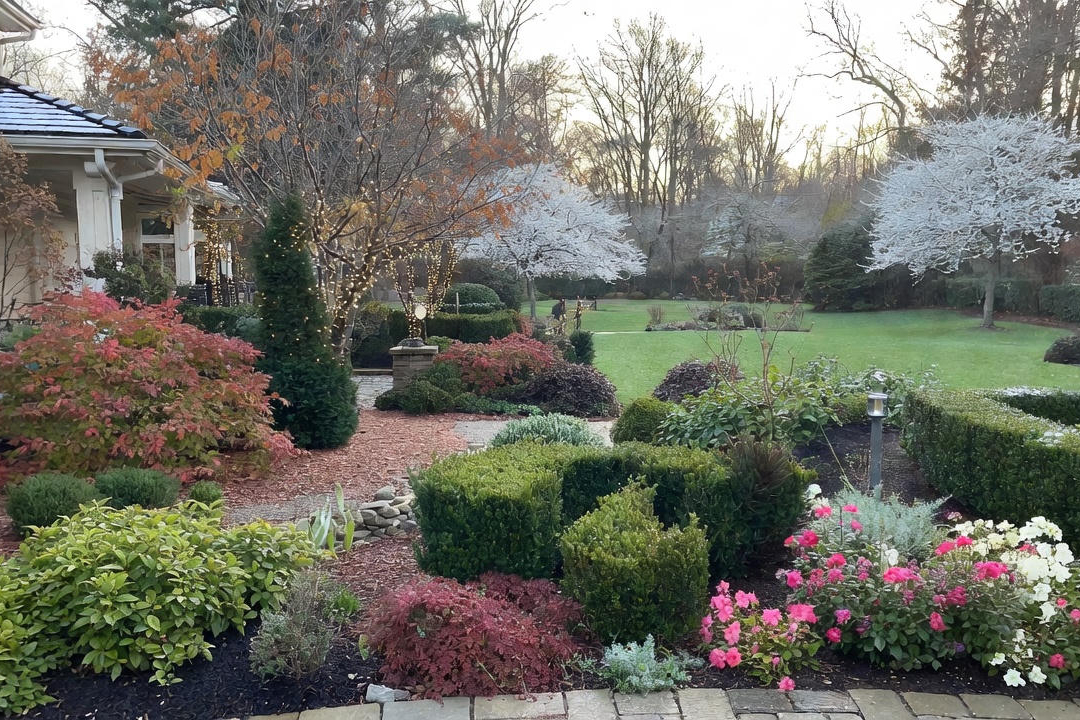Hakonechloa or Japanese Forest Grass is native to Mount Hakone, Japan, and is a long-lived herbaceous ornamental perennial that is a graceful, low spreading foliage plant. Originally a woodland plant, Hakonechloa can truly light up the dark understory of a wooded area with its waterfall-like foliage. Its graceful leaves are magic in the perennial garden as well, seeming to lean toward pathways and garden visitors.
This slow-growing and noninvasive plant is lovely for urban gardens and landscapes. Ideal in tight spaces, it can tolerate air pollution, and adores shade. While Japanese forest grass prefers moist sites, it is drought tolerant and can handle most conditions in the garden except full sun, which burns its leaves. Hakonechloa adds unique form and texture to the shade garden.

How to Grow Hakonechloa Grass
- Botanical name -- Hakonechloa macra and Japanese forest grass, golden variegated Hakonechloa
- Bloom Period and Seasonal Color -- Season long; chartreuse, green, burgundy, and variegated foliage; tan or copper orange in fall
- Mature Height × Spread -- 8 to 36 inches × 24 inches
- Added Benefits – Foliage color
- Sun Requirements – Part-Sun, Part-Shade, Shade
- USDA Garden Zones – 5 to 9
These plants prefer very rich soil that has good drainage but remains consistently moist. To help it survive drought, consider amending native soils with rotted manure, compost, and worm castings to enhance water retention and nutrient content. Plant in spring, well out of full sun as the leaves can suffer scorch; shady conditions are preferable.
Keep the soil moist. Although many varieties are hardy to Zone 5, safeguarding the plant is helpful; keep it well mulched for weed prevention, moisture retention, and cold protection. Fertilize minimally or not at all.

Prune anytime, however the foliage is quite striking with snow resting on it and many gardeners prefer to leave it up for winter interest. Cut to 3 or 4 inches above the ground in late winter using pruners or hand clippers. There are no serious diseases or insect pests that seem to affect these plants. If Hakonechloa becomes crowded, it only needs dividing once every five years or so. In spring, use a sharp spade to cut roots and then replant divisions.
Download iScape now to learn how easy it is to create a wonderful landscape for homeowners that are easy to put together. Or, if you need some design help, Hire-a-Designer now and let the iScape pro’s help guide you! iScape it!




ds.jpg)
.jpg)
